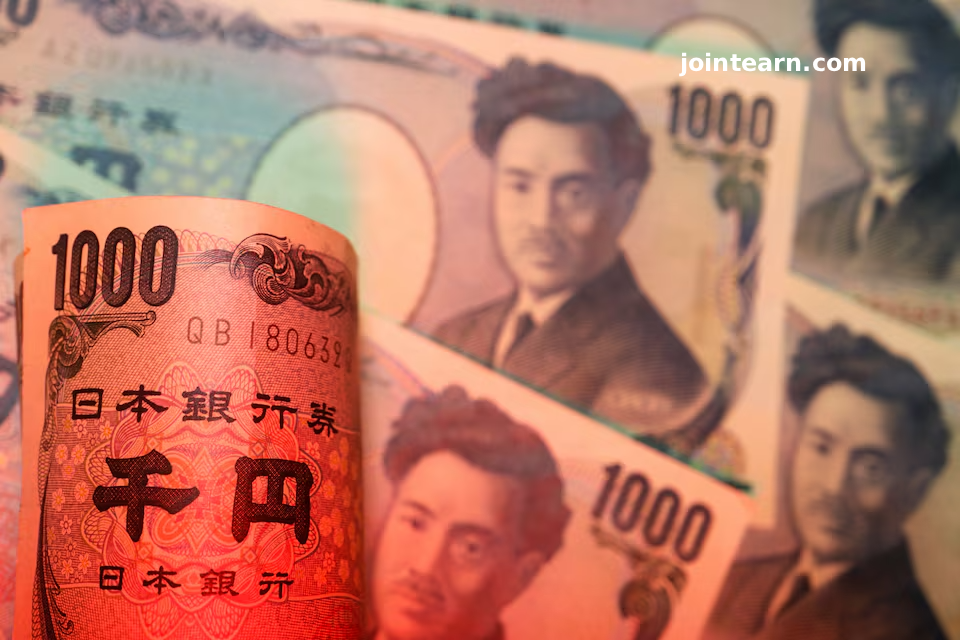
Tokyo, November 18, 2025 – Japanese authorities are under renewed pressure to address a weakening yen, which has fallen about 5% against the U.S. dollar since Prime Minister Sanae Takaichi won the ruling party’s leadership race on October 4. The yen was trading around 155 per dollar on Tuesday, stoking concerns over rising import costs for households and retailers, even as a weaker currency benefits exporters.
The yen’s decline is partly attributed to market expectations that the new government will pressure the Bank of Japan (BOJ) to maintain a cautious pace in raising interest rates, slowing monetary policy normalization. Analysts and policymakers are closely watching whether the yen could approach the psychologically significant 160-per-dollar level, which may trigger stronger measures.
Potential Measures to Support the Yen
1. Verbal Intervention – Highly Likely
Japanese officials have signaled heightened concern about the yen’s rapid depreciation. Finance Minister Satsuki Katayama described recent currency moves as “alarming” and stressed authorities are observing rates with a “high sense of urgency.”
Analysts suggest that sustained declines below 155 per dollar could prompt official warnings about potential currency interventions, signaling to markets that yen-buying actions may be imminent.
2. Near-Term Signals for Rate Hikes – Possible
The BOJ has raised interest rates twice since ending its decade-long stimulus program, most recently to 0.5% in January. The slow pace of rate increases has contributed to downward pressure on the yen.
If government concerns about the yen’s weakness intensify, Takaichi may adopt a more supportive stance toward raising the BOJ’s policy rate to 0.75%. BOJ officials could also prepare markets for a rate hike through public speeches, including board members Junko Koeda (Nov 20), Asahi Noguchi (Nov 27), and Governor Kazuo Ueda (Dec 1).
3. BOJ Rate Hike – Possible
Governor Ueda signaled in October that a rate increase could occur in December or January, following prior board proposals in September and October. A BOJ rate hike could temporarily strengthen the yen, though the rebound may be limited if the central bank signals slow progress for future increases.
4. Direct Currency Market Intervention – Highly Unlikely
The last Japanese intervention occurred in July 2024, when the yen fell to a 38-year low of 161.96 per dollar. Coordinated action by then-premier Fumio Kishida and the BOJ’s simultaneous rate hike to 0.25% strengthened the yen to around 150 per dollar.
Current Prime Minister Takaichi has been less vocal about currency concerns, and authorities may hesitate to intervene unless the yen nears 160 per dollar. Experts note that Japan’s deeply negative real interest rates make it difficult to justify intervention based solely on fundamental misalignment. U.S. Treasury Secretary Scott Bessent has also emphasized that rate hikes, rather than direct market intervention, are the preferred approach to supporting the yen.
Implications for the Economy
A continued weak yen increases costs for imported goods, including fuel and food, which could pressure household budgets. At the same time, exporters benefit from a competitive currency, potentially boosting Japanese trade performance. The balancing act between economic growth, inflation, and currency stability will shape the government and BOJ’s response in the coming months.


Leave a Reply